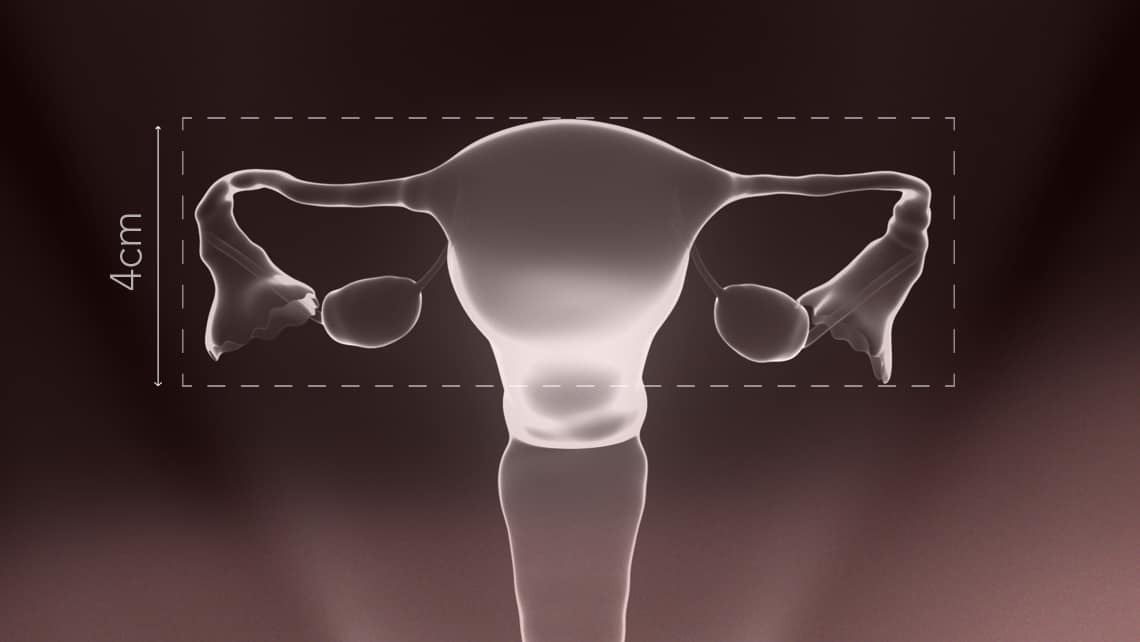Cytotec, the brand name for the medication misoprostol, has an intriguing history that highlights its diverse medical applications and the ethical debates surrounding its use. Let’s explore the journey of Cytotec through time.
Misoprostol was developed by the pharmaceutical company G.D. Searle & Company (now part of Pfizer) in the 1970s. Initially, it was primarily investigated for its potential use in treating gastric ulcers. The drug’s mechanism of action, which includes protecting the stomach lining and reducing acid secretion, showed promise in addressing this medical condition.
In 1988, the United States Food and Drug Administration (FDA) approved misoprostol specifically for the prevention and treatment of gastric ulcers caused by nonsteroidal anti-inflammatory drugs (NSAIDs) in patients at high risk. It was marketed under the brand name Cytotec.
Off-Label Uses
While approved for gastric ulcers, misoprostol’s unique properties made it useful for other medical purposes. Medical professionals began exploring its potential for:
- Induction of Labor: Cytotec gained attention as an alternative to traditional methods of inducing labor, such as oxytocin administration or artificial rupture of membranes. Its uterotonic effects, which stimulate contractions of the uterus, led to its off-label use for initiating labor in pregnant women.
- Management of Postpartum Hemorrhage: Misoprostol’s ability to cause uterine contractions and reduce bleeding made it an attractive option for managing postpartum hemorrhage, a potentially life-threatening condition. It could be administered orally, rectally, or sublingually to prevent excessive bleeding after childbirth.
- Medical Abortion: One of the most controversial off-label uses of Cytotec is for medical abortion, particularly in combination with another medication called mifepristone (RU-486). Misoprostol is used to induce contractions, expel the uterine contents, and terminate a pregnancy. This practice has been widely debated due to differing opinions on abortion.
Misoprostol’s affordability, stability, and ease of administration made it particularly valuable in resource-limited settings, where access to safe abortion services and skilled healthcare providers may be limited. Organizations and advocacy groups began promoting the use of misoprostol for medical abortion, contributing to a significant shift in reproductive healthcare worldwide.
Can Cytotec Damage the Womb?
Misoprostol is a synthetic prostaglandin E1 analogue that acts on the smooth muscle cells of the uterus, leading to uterine contractions. It is primarily used to induce labor or facilitate the completion of a medical abortion. Additionally, it can be employed for other gynecological purposes such as cervical ripening before surgical procedures.
Potential Risks and Complications:
- Uterine Rupture: Uterine rupture, though rare, is a serious complication associated with the use of Cytotec. It involves the tearing or separation of the uterine wall, which can lead to severe bleeding, injury to the uterus, and other complications. The risk of uterine rupture is higher in women who have had previous uterine surgery, such as a cesarean section. It is important to note that uterine rupture is an infrequent occurrence and is more likely in specific circumstances.
- Heavy Bleeding: Misoprostol can cause intense uterine contractions, which may result in heavy bleeding. While this is a normal response to the medication, in some cases, it can lead to excessive or prolonged bleeding. If unmanaged, severe bleeding can have adverse effects on the womb and overall health.
- Uterine Lining Damage: In rare cases, misoprostol can potentially cause damage to the uterine lining. This complication is generally uncommon and not typically associated with proper usage. However, it is essential to follow prescribed dosages and guidelines to minimize any potential risks.
Safety Considerations and Guidelines
- Healthcare Professional Guidance: The use of misoprostol should always be done under the supervision and guidance of a qualified healthcare professional. They can provide appropriate instructions, dosage recommendations, and monitor for any potential complications.
- Individualized Assessment: Prior to using misoprostol, a thorough evaluation of the individual’s medical history, including any prior uterine surgeries or complications, should be conducted. This assessment helps healthcare providers identify any specific risks or contraindications.
- Proper Administration: Adhering to the recommended dosage and administration guidelines is crucial to minimize the risks associated with misoprostol use. It is typically administered vaginally or orally, following a specified protocol determined by the healthcare professional.
- Monitoring and Follow-Up: Regular monitoring and follow-up appointments with the healthcare provider are essential during and after misoprostol administration. This enables the healthcare team to evaluate the individual’s response, manage any potential side effects, and promptly address any concerns.
Cytotec side effects
Cytotec may cause side effects, although not everyone experiences them. It’s important to note that the severity and frequency of side effects can vary among individuals. Here are some common side effects associated with the use of Cytotec:
- Uterine Contractions and Cramping: Cytotec stimulates uterine contractions, which can lead to cramping and discomfort. These contractions are a desired effect in certain medical procedures but can be intense and cause pain in some individuals.
- Nausea and Vomiting: Some people may experience nausea and occasional vomiting after taking Cytotec. Taking the medication with food or adjusting the dosage schedule can help alleviate these symptoms.
- Diarrhea: Cytotec can cause loose stools or diarrhea in some individuals. Staying well-hydrated and adjusting the dosage or administration route, if appropriate, may help manage this side effect.
- Abdominal Pain: Along with uterine cramping, abdominal pain can occur as a side effect of Cytotec use. It is usually transient and resolves without intervention.
- Headache: Headaches are a relatively common side effect reported by some individuals using Cytotec. Mild pain relievers, with the guidance of a healthcare professional, can help alleviate this symptom.
- Dizziness and Fatigue: Cytotec may cause dizziness and fatigue in some cases. It is advisable to avoid activities that require mental alertness or physical coordination if these side effects are experienced.
- Vaginal Bleeding: Cytotec can lead to vaginal bleeding, which is typically part of the expected response during medical abortion or other gynecological procedures involving the medication. However, it’s important to monitor the amount and duration of bleeding to ensure it remains within acceptable ranges.
- Allergic Reactions: While rare, some individuals may experience allergic reactions to Cytotec, such as rash, itching, swelling, or difficulty breathing. Immediate medical attention should be sought if any signs of an allergic reaction occur.
It is crucial to discuss potential side effects and risks with a healthcare professional before using Cytotec. They can provide specific guidance based on your individual circumstances and monitor your response to the medication. If you experience severe or persistent side effects, it is important to seek medical attention promptly.
Conclusion
While misoprostol (Cytotec) is generally considered safe and effective for its intended purposes, there are potential risks and complications associated with its use. Uterine rupture, heavy bleeding, and rare instances of uterine lining damage are among the potential concerns. However, it is important to note that these risks are relatively rare and can be minimized with proper administration and medical supervision. The guidance of a healthcare professional is crucial to ensure appropriate usage, individualized assessment, and monitoring for any potential complications. If you have questions or concerns about the use of misoprostol, it is best to consult your doctor.





